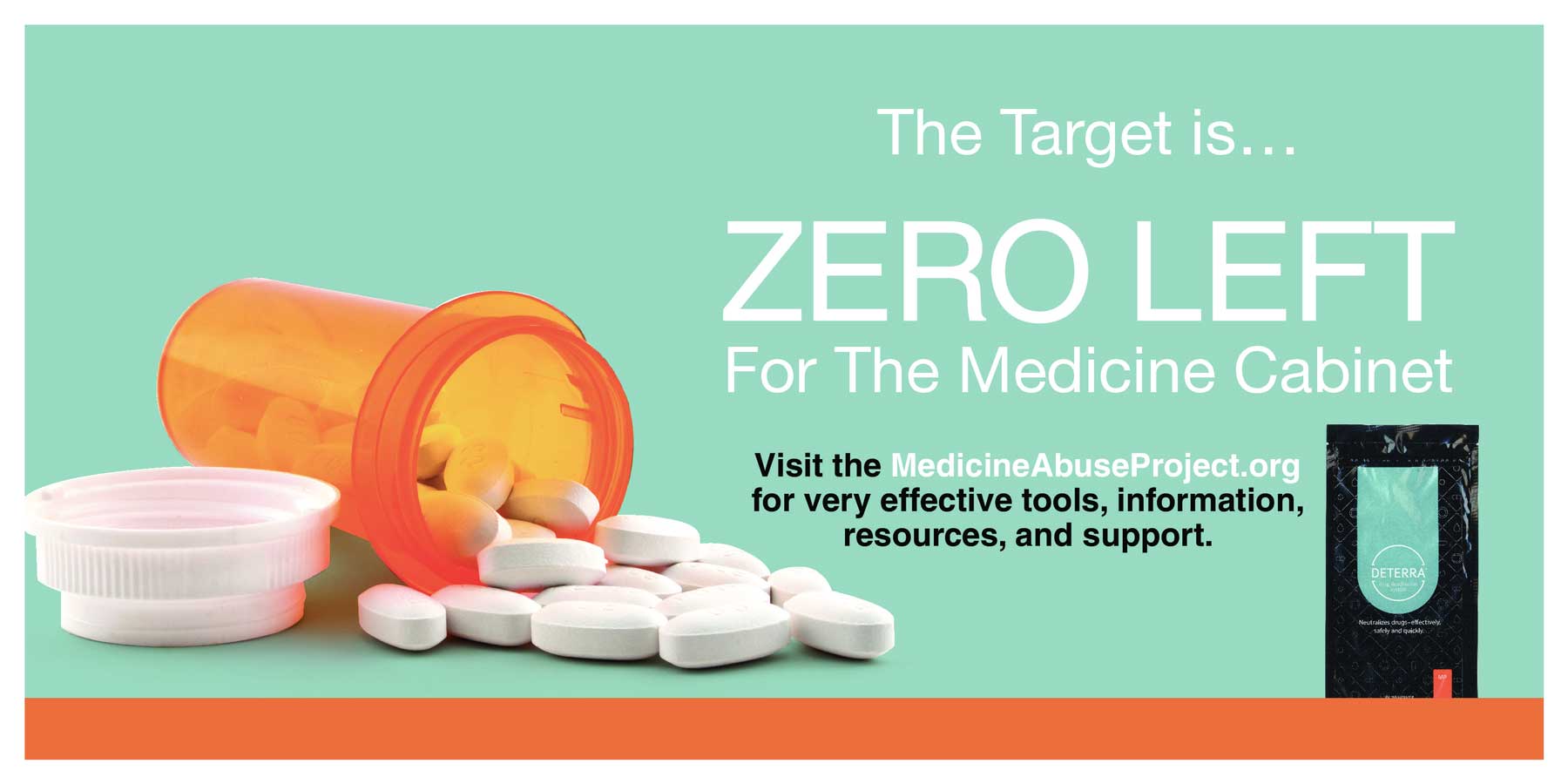
Combating the opioid epidemic is a priority for physicians and staff at Access Sports Medicine & Orthopaedics. While common opioid pain relievers like Vicodin®, Percocet® and OxyContin® are generally safe when taken responsibly for short periods of time, their prolonged use may lead to dependence and escalate into abuse. Our facilities have implemented alternatives to opioids for pain relief and administer screening tools and educational efforts to prevent addiction.
Here’s how we’re working to fight opioid and prescription drug abuse:
Limiting Prescription Doses
Access Sports Medicine and Orthopaedics makes strong efforts to prescribe limited amounts of prescription pain relievers like opioids. As opposed to weeks of medication often prescribed in healthcare, our physicians initiate care with just three to four days’ worth of pills, and schedule early and frequent follow up appointments to assess treatment efficacy and the condition of the patient. Many times this results in successfully transitioning the patient off their opioids much earlier than would have been thought possible. From there, our team checks in with the patient’s pain levels and initial recovery and can recommend additional pain relief options besides prescription medication.
Access Walk-in Urgent Care Clinics
For emergency orthopaedic injuries, a trip to the hospital will likely put a patient in the hands of a non-specialist physician that will typically prescribe opioids to treat the pain and then make a referral to an orthopaedic specialist.
As an alternative to an emergency room, our two walk-in clinics have extended hours and are staffed with orthopaedic specialists. Ninety-five perfect of patients that visit specialized urgent care clinics will not be prescribed opioids; they are more often given anti-inflammatories and start treatment such as physical therapy immediately, thus avoiding any need for the drug.
Opioid Screening Tools
Access uses screening precautions for most patients before opioids are even prescribed. Our facilities look for early warning signs, take a full personal and family history as well as check for psychiatric conditions. Through proper risk assessment, physicians can evaluate the likelihood that a patient will have difficulty with or develop an addiction to prescription medication.
Multimodal Pain Management
The multimodal approach to managing pain incorporates a combination of non-opioid options.
The first step in this approach is pre-operative counseling with the patient to review the type and level of pain they can expect once surgery is over, which helps with their mental preparation. If there is serious pain, patients are given non-opioid medications like acetaminophen, anti-inflammatories, sleep aids or muscle relaxants.
Another part of this approach involves the use of regional nerve blocks. These may be injected before procedures to numb specific areas of the body, which cuts down on the amount and potency of pain medication needed during and after surgery.
We’re also utilizing cryotherapy, which involves exposing the affected joint or limb to cold temperatures. While it may sound unpleasant, this process causes the body to release endorphins, which supports natural pain inhibitors. The temperature decrease also ultimately enhances blood circulation, which can reduce inflammation and clear toxins and metabolic waste. This stimulates cellular regeneration and promotes faster healing, so the need for narcotics for pain management is significantly decreased.
Patients are also encouraged to begin physical therapy immediately, post-operatively and soon after injury, to decrease the need for opioids.
Pharmacogenetics
Collecting a swab of saliva from inside of a patient’s cheek can give our doctors great insight into the different ways the body may metabolize medications. Pharmacogenetic tests can determine who is more resistant to opioids, and therefore may need a higher dosage to relieve pain. These patients can have a higher risk profile for addiction, resulting in the assessment of opioid alternatives. In addition, these tests may show who will be sensitive and require alternatives to the standard medications given.
TENS Units
Transcutaneous electrical nerve stimulation (TENS) units are used to reduce acute and chronic pain. The devices stimulate nerves with currents that travel through electrodes and into the skin. This produces a massaging sensation that can reduce the perception of pain and eliminates the need for prescription pain killers.
Topical Anti-Inflammatories
For many conditions, topical anti-inflammatory medication can work just as well as oral pain relievers. With topical treatments like creams, gels or sprays, less of the drug gets into your system which can result in less dependency on the pain relief.
Meditation & Yoga
As a holistic alternative to opioids, meditation and yoga can help patients mentally and physically. Pain can alter the structure of the brain, which can lead to depression and anxiety. Both meditation and yoga are well-known for reducing stress levels, which in turn can reduce pain.
Virtual Reality
When using virtual reality technology, patients can be virtually removed from a painful or stressful environment. The distraction of virtual technology can calm nerves, which can reduce the need for anti-anxiety medications or pain relievers. The distraction virtual reality provides diverts patients’ focus away from the pain related to clinical procedures and recovery. According to appliedVR case studies, clinical results showed a 24% decrease in pain when patients used virtual reality.
The Zero Left Campaign
Jim and Jeanne Moser lost their son, Adam, to an opioid overdose in 2015. In turn, the family created the Zero Left for the Medicine Cabinet campaign to increase awareness about the dangers of abusing prescription medications. The campaign includes pamphlets and brochures detailing the risks of opioids and how to properly store and dispose of medications. Access Sports is proud to support the campaign, and visitors to our offices will likely see their print materials on display.
Our doctors are approaching the opioid crisis by making these alternatives a crucial part of treatment and recovery. The alternatives to opioids discussed in this piece are often covered by most major insurances, but our staff will alert you if there is an issue.
For more information about these opioid alternatives, please contact one of our offices or ask your physician which method is best for you.
The National Prescription Drug Take Back Day
The National Prescription Drug Take Back Day addresses a crucial public safety and public health issue. According to the 2017 National Survey on Drug Use and Health, 6 million Americans misused controlled prescription drugs. The study shows that a majority of abused prescription drugs were obtained from family and friends, often from the home medicine cabinet.
The DEA’s Take Back Day events provide an opportunity for Americans to prevent drug addiction and overdose deaths.
Click here to locate a collection site near you.




